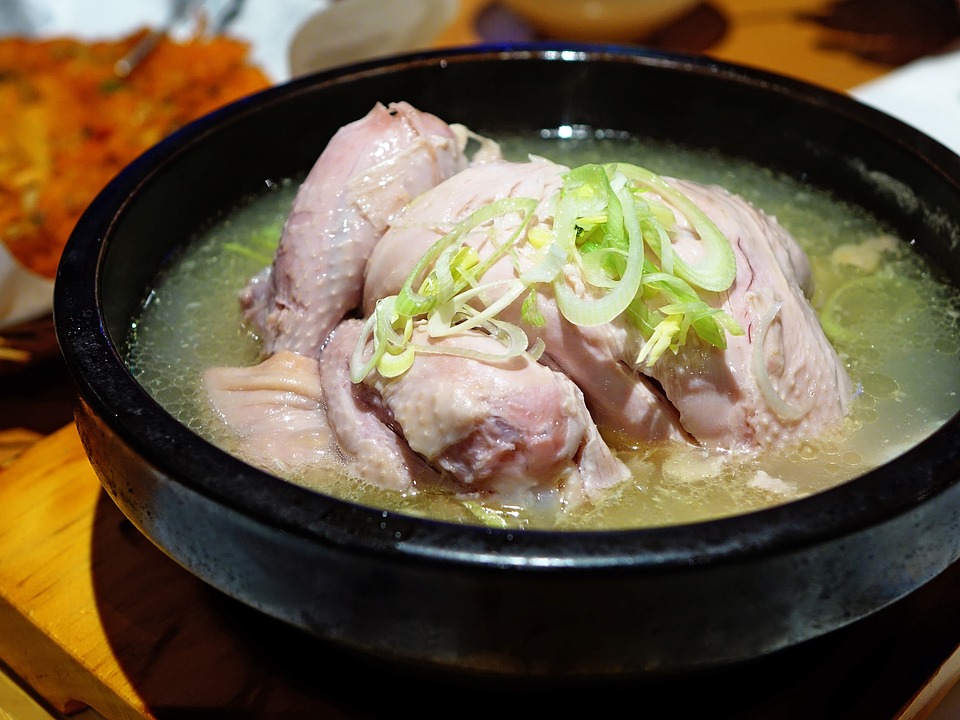[ad_1]
Miso soup is a traditional Japanese dish that is not only delicious but also packed with nutrients. It’s a simple and versatile dish that can be customized to suit your taste preferences. Whether you’re a beginner or a seasoned cook, making a bowl of miso soup is easy and rewarding. In this article, we’ll walk you through the step-by-step process of crafting the perfect bowl of miso soup.
Ingredients
- 4 cups dashi (Japanese stock)
- 3 tbsp miso paste
- 1 block tofu, cubed
- 1/2 cup sliced green onions
- 1/2 cup wakame seaweed, rehydrated
Step 1: Prepare the Dashi
Start by preparing the dashi, which is the base of miso soup. In a pot, bring 4 cups of water to a boil. Add a piece of kombu (dried seaweed) and simmer over low heat for 10-15 minutes. Remove the kombu and add bonito flakes, then turn off the heat and let it steep for 5 minutes. Strain the dashi through a fine-mesh sieve and discard the solids.
Step 2: Add Tofu and Wakame
Add the cubed tofu and rehydrated wakame seaweed to the pot of dashi. Let it simmer for a few minutes until the tofu is heated through and the seaweed is tender.
Step 3: Dissolve Miso Paste
In a small bowl, combine the miso paste with a few tablespoons of the warm dashi to dissolve it. This step is important to ensure that the miso paste blends evenly into the soup without forming lumps.
Step 4: Add Miso to the Soup
Once the miso paste is dissolved, gently stir it into the pot of soup. Be careful not to boil the miso soup once the miso paste is added, as boiling can destroy the delicate flavor of the miso.
Step 5: Garnish and Serve
Finally, add the sliced green onions to the miso soup for a pop of color and flavor. Ladle the hot miso soup into bowls and serve immediately.
Conclusion
Congratulations! You’ve successfully crafted a bowl of delicious miso soup. The beauty of miso soup lies in its simplicity and adaptability. Feel free to customize your miso soup by adding other ingredients such as mushrooms, spinach, or even clams. Experiment with different types of miso paste to create your own unique flavor profile. Whether enjoyed as a comforting meal on a chilly day or as a nutritious appetizer, miso soup is a versatile and satisfying dish that is sure to become a staple in your culinary repertoire.
FAQs
Q: Is miso soup vegetarian-friendly?
A: Yes, miso soup can be made vegetarian by using vegetarian dashi stock and omitting any animal-based ingredients such as bonito flakes.
Q: How long can I store leftover miso soup?
A: Miso soup can be stored in an airtight container in the refrigerator for up to 3 days. However, the texture of the tofu and seaweed may change over time.
Q: Can I freeze miso soup?
A: Miso soup can be frozen, but it is best to do so without the tofu and green onions, as their texture may change when frozen and reheated. Thaw the soup in the refrigerator and reheat gently on the stovetop before adding the tofu and green onions.
Q: Is miso soup gluten-free?
A: Miso paste is traditionally made from soybeans and a grain such as rice or barley. If you have a gluten allergy or sensitivity, be sure to check the label for any potential gluten-containing ingredients.
[ad_2]




Comments